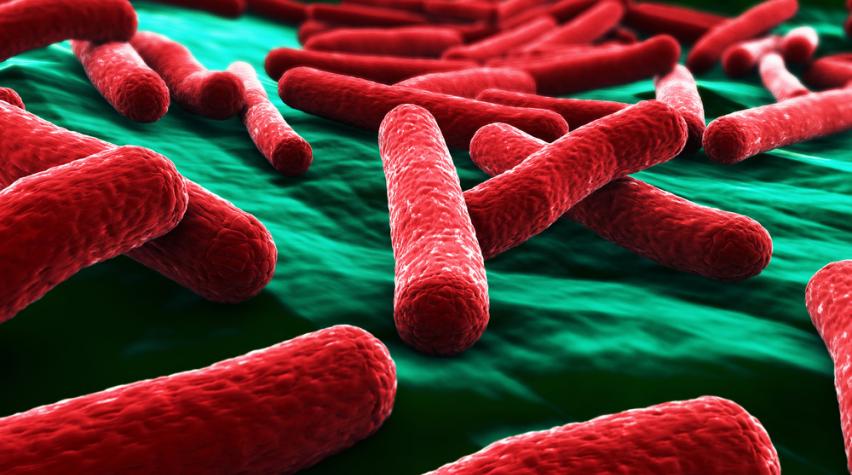
A new technique using highly porous nanodisks and light has been shown effective for rapidly killing bacteria. The hope is this technique could assist in treating common infections without antibiotics, which would be an important step towards reducing antibiotics resistance.
Building on earlier work
Previous work showed that gold nanoparticles absorb light readily, converting the photons into heat and reaching temperatures capable of destroying various types of cells, such as cancer and bacteria.
Building on their earlier work, researcher from the University of Houston, created a new kind of gold disk-like nanoparticle measuring a few hundred nanometers in diameter. The disks are porous, which helps increase their heating efficiency. The researchers' new work focused on activating the nanoparticles with light.
Placing bacteria placed on a single-layer coating of the tiny disks, the researchers used infrared light from a laser to heat bacteria, which included E. coli and two types of heat-resistant bacteria that can thrive even in hot springs.
A thermal imaging camera was used to record temperatures reaching up to 180° C nearly instantaneously. Within 25 seconds, these thermal shocks killed the bacteria, with E. coli the most vulnerable.
Future applications
The range of possible applications in a hospital setting is broad. Currently the researchers are looking at using the particles as a simple coating for catheters to reduce urinary tract infections. But outside the hospital, there may also be other uses for the technique, including using the nanoparticles with filter membranes in small water filters for water purification.
For more on these researchers’ work, see the press release and their published findings in the journal Optical Materials Express.


